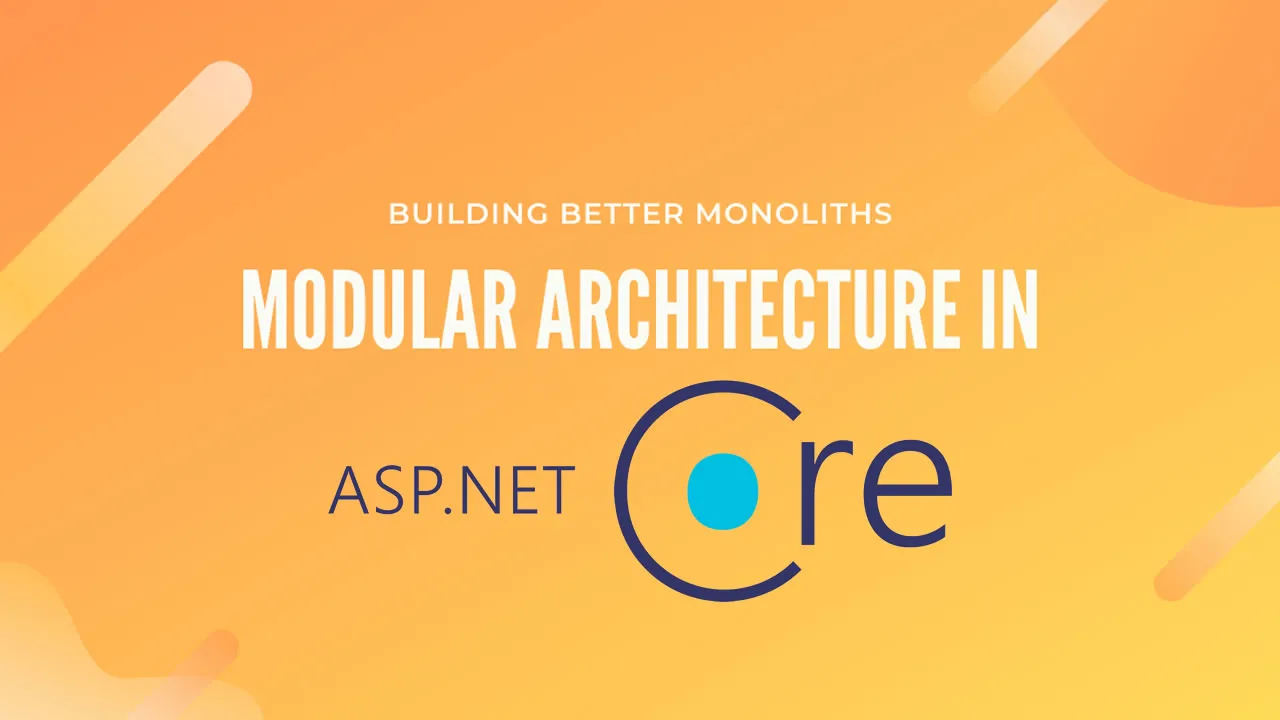In this article, we will discuss Modularizing Web Applications using Modular Architecture in ASP.NET Core. We will go through Monolith Architecture’s various cons and pros and work on how to build monolith applications in a better way. Let’s call it Modular Monolith Architecture. Towards the latter section of the article, we will also build a sample solution that follows Modular Architecture. I have also attached the repository link to the ongoing real-life implementation of Modular Architecture in an Open Source Point of Sales System later in this article. Let’s get started.
You can find the complete source code of this implementation here.
Background
Having quite a lot of experience with POS & Inventory Management systems, we set out to build a full-fledged open-source system using our favorite tech stack and tools. Modular development was a prime requirement for us when we got started. Adapting to a Microservice architecture was the first choice we had. But given the complexities of the mentioned architecture, we decided to stay away from it at least for the starting. We named our product fluentpos.
There actually was no real need to implement microservices. fluentpos was meant to help businesses in their day-to-day activities. For this, a well-designed monolith application would also do the trick. We were clear to have the API and UI separated, to give opportunities to multiple client apps in the future.
The WebAPI application had to be highly modular to improve the development experience. This needed breaking down the application to logical modules like Identity, Catalog, Sales, Inventory. Each of these modules has its own controllers/interfaces / dbContext. As for the DB providers, Postgres / MSSQL will be used. One module cannot directly talk to the other module nor modify its table. CrossCutting concerns would use interfaces/events. And yes, domain events are also included in the project using mediator Handler. Each of the modules follows a clean architecture design / Onion / Hex.
Essentially we would end up with a Solution that contains MultipleModules where-in each of the modules implements a variation of Clean / Onion Architecture.
This was the reason that I got started writing articles about this architecture. Let’s go further.
#dotnet 5 #aspdotnet #aspdotnet core
